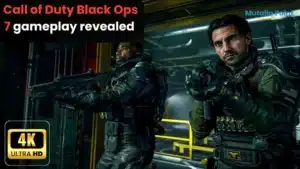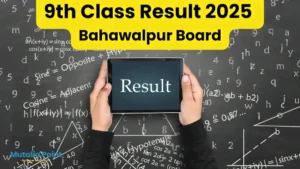India claims 25-minute victory in Operation Sindoor — but only on TV, in a narrative that critics say leans more towards dramatized media victory than confirmed military success. According to reports aired exclusively on Sony TV, Indian authorities declared triumph within just 25 minutes of launching the operation. However, observers argue that such rapid declarations highlight the power of televised messaging rather than providing an accurate reflection of on-the-ground outcomes.
Operation Sindoor, presented as a swift and precise strike, captured the public eye through a media-centered portrayal. Yet military analysts warn that reliance on media-driven narratives can overshadow actual assessment of success, particularly when no formal confirmation or independent validation follows the televised coverage.
Perception versus Reality
India’s Army Chief, General Upendra Dwivedi, recently spoke to this phenomenon, noting that “victory is in the mind” and emphasized the growing importance of narrative management in modern warfare The Times of India. His remarks underline how strategic messaging can shape public perception—even in the absence of clear military proof.
Journalists and analysts are increasingly pointing out that the real impact of Operation Sindoor cannot be measured solely by the speed of its announcement. While the televised rollout declared success, key questions remain regarding scope, casualties, and long-term operational impact.
Broader Context
Operation Sindoor first captured global attention on May 7 when the Indian Air Force reportedly targeted nine militant sites inside Pakistan and Pakistan-occupied Kashmir. Some Indian sources claimed upwards of 70 terrorists were eliminated in under half an hour The Times of India. Yet in many cases, media outlets did not immediately corroborate these claims with independent evidence.
International commentary has pointed out how the conflict quickly shifted from a military operation to a narrative battleground. Analysts observed that global media reports often amplified narratives suggesting India’s aggressive posture while downplaying context and background Vivekananda International FoundationSwarajya. The mismatch between media portrayal and actual facts often goes unnoticed by the general public, even as the real consequences of the operation continue to unfold.
Military expert Dr. Walter Ladwig described this trend as “narrative warfare,” where strategic imagery often supersedes operational clarity RUSI. Transparency in command briefings and robust information protocols are increasingly crucial to prevent distorted interpretations of military actions moving forward.
India also faced international scrutiny over how Operation Sindoor was framed—not just as a tactical maneuver but as a televised campaign. This includes an Independence Day featured appearance on Kaun Banega Crorepati, where military officers shared operation perspectives in an entertainment setting, triggering debate over appropriate context for sensitive military subjects Indiatimes.
In summary, India claims 25-minute victory in Operation Sindoor — but only on TV underscores how modern conflicts are shaped by both battlefield tactics and media presentation. Moving forward, balancing accurate reporting with careful narrative strategy will be vital for maintaining public trust and strategic clarity.
















